Science > Chemistry > Chemical Thermodynamics and Energetics > Concept of Maximum Work According to the first law of thermodynamics, ΔU = q + W In an isothermal process, ΔU = 0, ∴ q = – W Therefore, all the heat absorbed by the system is utilized to do work. […]
Category: Pure Sciences
Work Done in Chemical Process
Science > Chemistry > Chemical Thermodynamics and Energetics > Work Done in Chemical Process Pressure Volume Work: Consider an ideal gas having definite mass (say n moles) be enclosed in a cylinder fitted with weightless, frictionless, tightly fitted, movable piston. Let ‘A’ be the area of the cross-section of the cylinder. Let the gas expand […]
Concept of Internal Energy
Science > Chemistry > Chemical Thermodynamics and Energetics > Concept of Internal Energy The internal energy can be defined as the sum of all possible kinds of energies that a system possesses. Every chemical reaction is associated with heat change. Heat is either evolved or absorbed. This is possible only when every substance involved in […]
Chemical Processes
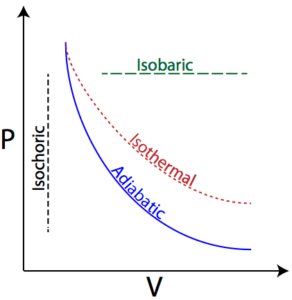
Science > Chemistry > Chemical Thermodynamics and Energetics > Chemical Processes In this article, we shall discuss what is meant by process and different types of chemical processes. Process: It is the path or the operation by which a system changes from one state to another. A process causes a change in the value of […]
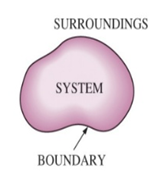
Science > Chemistry > Chemical Thermodynamics and Energetics > Introduction Chemical Thermodynamics and its Scope: Energy stored in chemical substances is called chemical energy. Thermodynamics is the branch of science that deals with the different forms of energy, the quantitative relationships between them and the energy changes that occur in the physical and chemical process. […]
Motion in a Vertical Circle
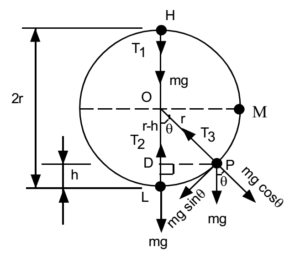
Science > Physics > Circular Motion > Motion in Vertical Circle When studying the motion of a body in a vertical circle we have to consider the effect of gravity. Due to the influence of the earth’s gravitational field, the magnitudes of the velocity of the body and tension in the string change continuously. It […]
Conical Pendulum
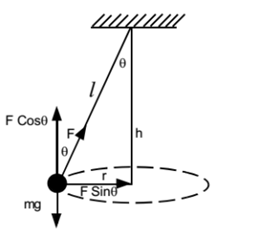
Science > Physics > Circular Motion > Conical Pendulum A conical pendulum consists of a bob of mass ‘m’ revolving in a horizontal circle with constant speed ‘v’ at the end of a string of length ‘l’. In this case, the string makes a constant angle with the vertical. The bob of pendulum describes a […]
Numerical Problems on Banking of Road
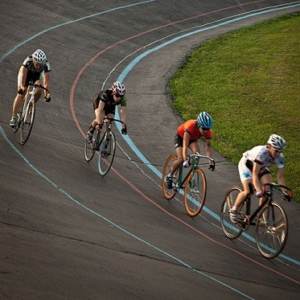
Science > Physics > Circular Motion > Numerical Problems on Banking of Road Example – 01: To what angle must a racing track of radius of curvature 600 m be banked so as to be suitable for a maximum speed of 180 km/h? Given: maximum speed v = 180 km/hr = 180 x 5/18 = 50 m/s, Radius […]
Banking of Road
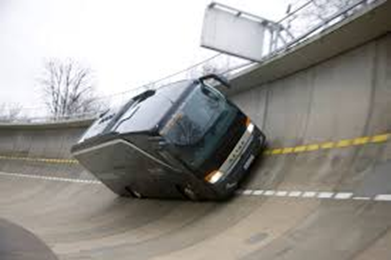
Science > Physics > Circular Motion > Banking of Road In this article, we shall study the necessity of the banking of road and the factors affecting it. Safe Velocity of a Vehicle on an Unbanked Road: The necessary centripetal force required to negotiate a turn by a vehicle moving along a horizontal unbanked curved road […]
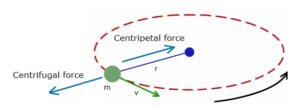
Science > Physics > Circular Motion > Numerical Problems on Centripetal Force – 02 Example – 19: The vertical section of a road over a bridge in the direction of its length is in the form of an arc of a circle of radius 19.5 m. Find the greatest velocity at which a car can […]